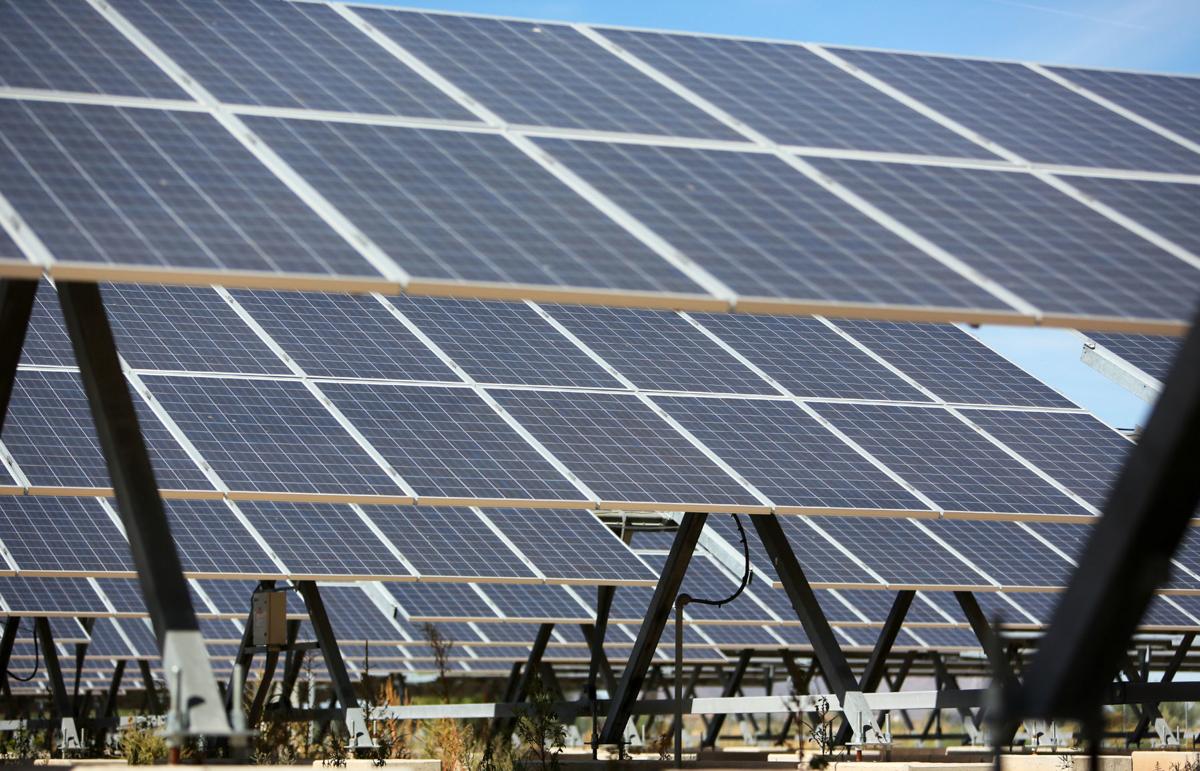Arizona could see a surge in renewable energy projects built by non-utility operators following a ruling this week by the Arizona Corporation Commission.
The commission at its open meeting on Tuesday amended state rules governing utility purchases of power from qualifying non-utility operators of small renewable energy plants, required under a 1978 federal law.
The new rule requires Tucson Electric Power Co. and other state-regulated utilities to sign long-term contracts of at least 18 years with owners of smaller solar, wind and other renewable energy projects.
Under the federal Public Utility Regulatory Policies Act (PURPA), utilities must take power from qualified renewable facilities when their prices are less than what the utility would otherwise pay to generate or buy power from other sources.
Though state regulators have power over some PURPA contract terms, Arizona’s original rules, adopted in 1981, didn’t specify the length of contracts signed.
Over the last few years, TEP, sister rural utility UniSource Energy Services, and Arizona Public Service Co. have urged the Corporation Commission to limit PURPA power-purchase contracts to two years, subject to renegotiation. They argue that longer fixed-price contracts could force the utilities and their ratepayers to needlessly pay more for power.
But solar developers and solar energy supporters argued that fixed-rate contracts of at least 15 years are needed to attract investors and make the projects financially viable.
During the Corporation Commission open meeting and prior hearings, supporters cited several other states with minimum PURPA contract lengths of 15 years or longer, including Wyoming at 20 years and Utah and Oregon at 15.
Commissioners Sandra Kennedy and Lea Marquez Peterson introduced a joint amendment to adopt a minimum PURPA contract length of 18 years, and the five-member commission unanimously adopted the proposal.
Solar energy and environmental advocates hailed the ruling as a boost to development of solar farms in Arizona.
“The ACC opened the door for the development of new renewable energy infrastructure here in Arizona,” said Sandy Bahr, chapter director of the Sierra Club’s Grand Canyon Chapter.
“The frustrating reality is that our utilities keep clinging to dirty, over-priced fossil fuels despite all the potential for low cost solar here in the state, but this decision makes it harder for them to keep delaying our clean energy future.”
Joe Salkowski, TEP director of corporate communications and community relations, said the utility’s main concern was the cost of power from PURPA projects.
“We advocated for contracts with shorter minimum terms to limit the risk that our customers might end up paying more than they need to for renewable energy over the long term,” he said in an email.
“But we share the Commission’s interest in promoting the development of renewable energy resources,” Salkowski said, citing TEP’s oversight of the development of two new wind farms and a solar-plus-storage project that will more than double the utility’s use of renewable energy by 2021.





